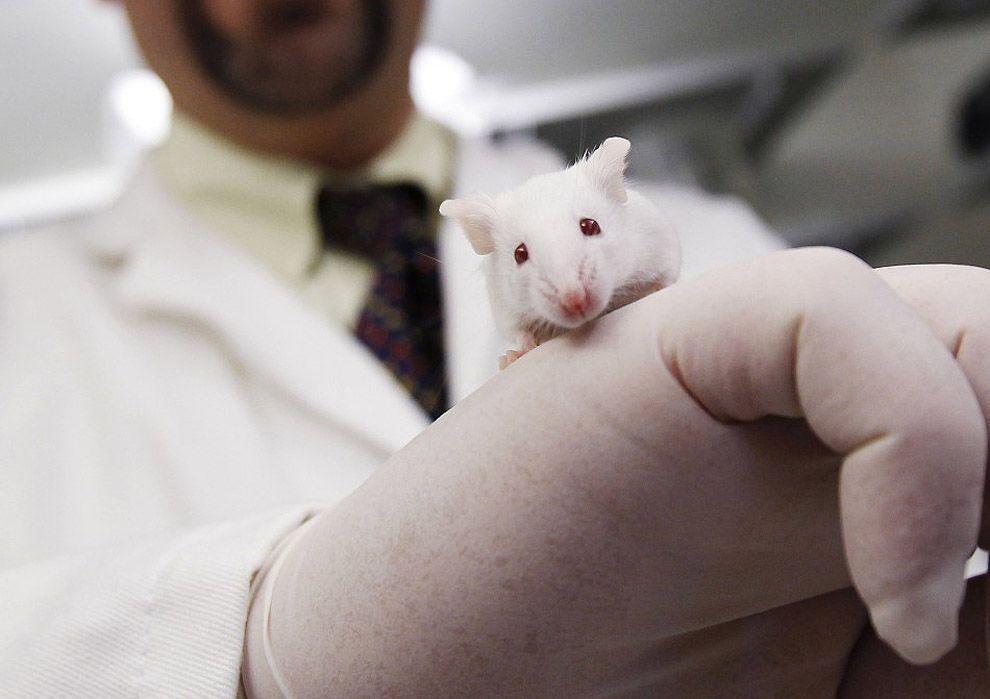Researchers have made a major breakthrough in the war against Alzheimer’s disease after successfully reversing the condition in a study on mice.A major breakthrough in the war against Alzheimer’s disease may pave the way for one of the most effective treatments to date. A team of scientists say they have successfully reversed the disease in mice. Many more trials, tests, and hours of research remain before their method can be tried on humans, but it’s an historic step in the right direction. The researchers, based at the Cleveland Clinic Lerner Research Institute, found that by gradually reducing an enzyme in the brain called BACE1, they reversed the formation of amyloid plaques in the brains of mice with Alzheimer’s disease, improving their cognitive function. The scientists hope that this research will eventually produce drugs aimed at this enzyme in human brains. “To our knowledge, this is the first observation of such a dramatic reversal of amyloid deposition in any study of Alzheimer’s disease mouse models,” says researcher Riqiang Yan in a news release by the Rockefeller University press. Alzheimer’s typically starts with the abnormal buildup of beta-amyloid peptides, which gather together and form amyloid plaques in the brain, restricting recall, memory, and other crucial brain functions. BACE1 helps produce beta-amyloid peptides. There are already drugs in experimental stages that target BACE1, but because the enzyme also serves many critical purposes in the brain, there are serious side effects that have cropped up in the research thus far. By selectively breeding mice, Yan and his team generated mice that lose their BACE1 as they grow older. Mice with no BACE1 whatsoever have been shown to develop severe neurological defects, but Yan found that by slowly reducing levels through time, the mice remained perfectly healthy. The researchers bred these mice with those that developed Alzheimer’s at 75 days old. The offspring showed signs of Alzheimer’s disease after 75 days, despite their BACE1 levels being 50% lower than normal. But, their amyloid plaques slowly disappeared until they vanished completely at ten months old. While the researchers noticed the absence of numerous telltale signs of Alzheimer’s disease, they also found that the rodents showed greater cognitive abilities after the removal of the enzyme. “Our study provides genetic evidence that preformed amyloid deposition can be completely reversed after sequential and increased deletion of BACE1 in the adult,” says Yan. “Our data show that BACE1 inhibitors have the potential to treat Alzheimer’s disease patients without unwanted toxicity. Future studies should develop strategies to minimize the synaptic impairments arising from significant inhibition of BACE1 to achieve maximal and optimal benefits for Alzheimer’s patients.” The complete study was published in the Journal of Experimental Medicine. |





